The weeping willow is a distinctive tree known for its elegant drooping branches, slender lance-shaped leaves, and finger-like flower clusters. It belongs to the Salix genus, with its botanical name being Salix babylonica. These medium to large-sized trees grow rapidly and have pendulous branches and sturdy grayish trunks, thriving near bodies of water such as streams, ponds, and waterways.
Identifying a weeping willow tree is usually straightforward due to its unique appearance. Among all the trees with hanging branches, weeping willows are the most commonly recognized.
If you have a spacious yard, weeping willows can be excellent additions as lawn or shade trees. They are also low-maintenance, making them easy to care for. However, when planting and growing a weeping willow in a residential garden, there are certain factors to consider. In some cases, opting for a dwarf weeping willow may be more suitable for landscaping smaller front or backyards.
This article serves as a guide to help you identify a weeping willow tree. Descriptions and images of weeping willow leaves, flowers, and bark will assist in recognizing this beautiful tree. Additionally, you will find useful tips on planting and maintaining a weeping willow tree to ensure its health and vitality.
Weeping Willow Tree (Salix babylonica)

Weeping willow trees are native to China and belong to the Salix genus in the Salicaceae family. These splendid deciduous trees reach heights and widths of 30 to 40 feet (9 – 12 meters). They have slender, light green, lance-shaped leaves, grayish-black bark, and clusters of flowers known as catkins.
Distinguishing a weeping willow tree is often done by observing its hanging branches. These graceful branches cascade from the tree’s crown, almost touching the ground. Weeping willow trees also have a wide, rounded crown, spreading as wide as their height.
Weeping willows are fast growers, adding approximately 10 feet (3 meters) to their height each year until they reach their mature height of 40 feet (12 meters), sometimes even reaching 50 feet (15 meters).
With a lifespan of around 30 years, weeping willows are relatively short-lived deciduous trees.
The botanical name for the weeping willow, Salix babylonica, originates from the mistaken belief that these weeping trees lined the Euphrates River in ancient Babylon. The phrase “by the rivers of Babylon” mentioned in reference to the willows where the Jews sat and wept with their harps is actually attributed to poplar trees, not willows. Salix babylonica is also known as the Babylon willow.
The USDA growing zones suitable for weeping willows range from 6 to 8. These trees thrive in full sun or partial shade, receiving four to six hours of sunlight daily. Similar to most willow tree species, weeping willows adapt well to various soil types and thrive in moist ground. As a result, they are often found growing along riverbanks and ponds.
How to Identify a Weeping Willow Tree

The easiest way to identify a weeping willow tree in a landscape is by its rounded growth habit. These medium-sized trees have branches that arch downward, nearly reaching the ground. The branches are adorned with linear leaves measuring around 6 inches (15 centimeters) in length, and the bark is dark brown or gray-black.
Weeping Willow Leaves
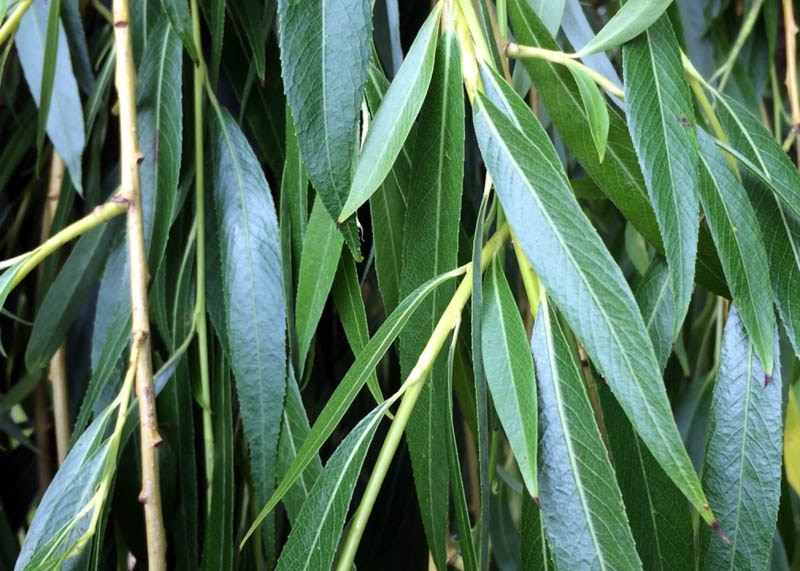
Leaves of the weeping willow tree are long and linear, lanceolate in shape, and arranged alternately. The slender leaves have a light green color on the upper side and a grayish-green or glaucous hue on the underside. They feature smooth and narrow surfaces with serrated edges. Weeping willow leaves are approximately 3 to 6 inches (7.5 – 15 centimeters) long and 0.5 to 0.75 inches (1.3 – 1.9 centimeters) wide.
Autumn brings a vibrant transformation to the weeping willow foliage, as the leaves turn a bright golden yellow or greenish-yellow color. After they fall from the tree, the bare reddish to yellowish-brown branches create a striking silhouette.
Weeping Willow Flowers
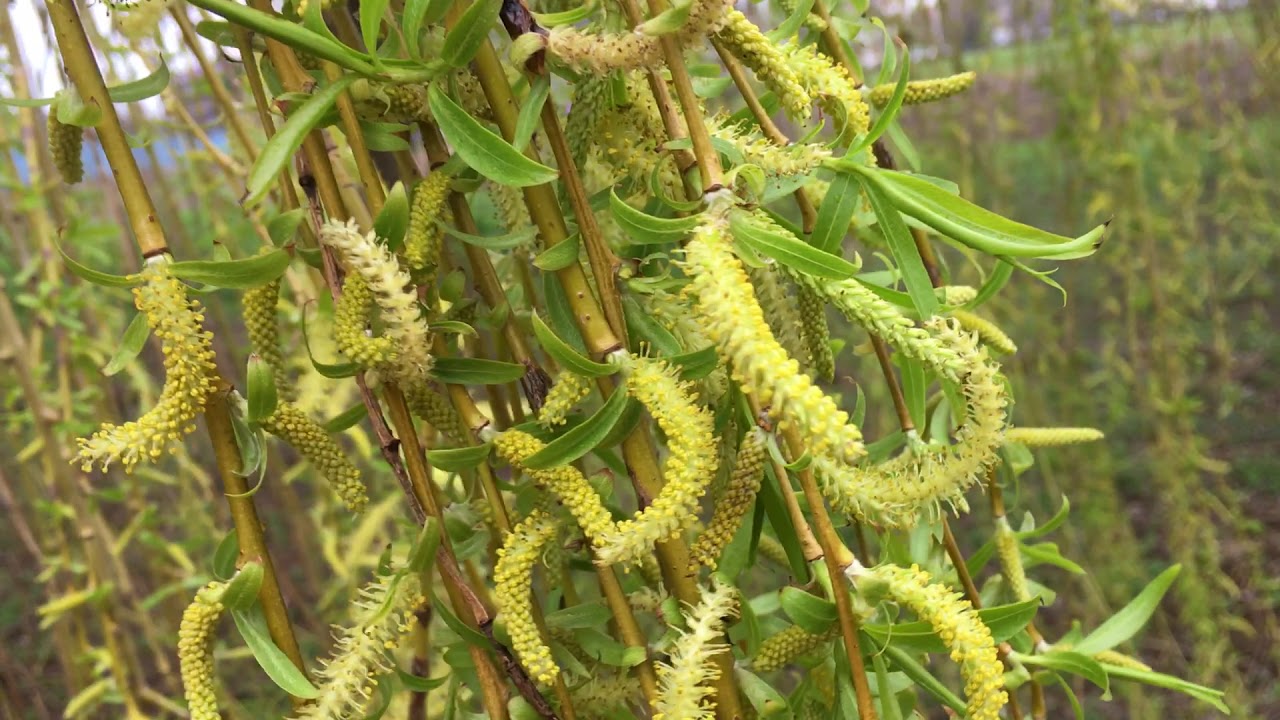
The weeping willow tree produces small, slender yellowish-green flower clusters called catkins, which bloom during spring. These pendulous finger-like clusters measure around 1 to 2 inches (2.5 – 5 centimeters) in length. While the flowers themselves lack petals, they remain on the drooping branches for several weeks.
Weeping willows are dioecious trees, meaning that male and female flowers grow on separate trees. The male flowers of the weeping willow are often more visually striking due to the abundance of stamens on each catkin.
Weeping Willow Bark
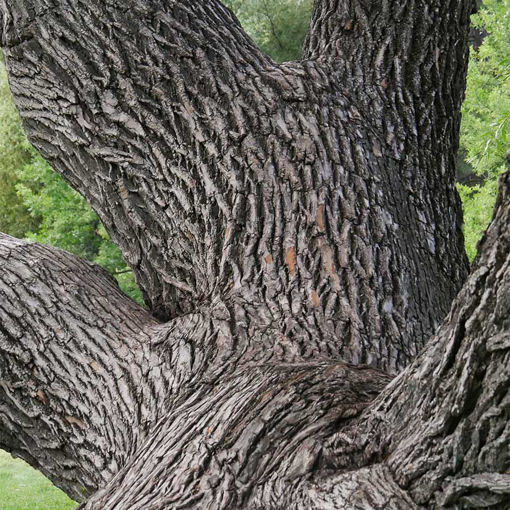
The bark of a weeping willow tree is typically described as dark gray, dark brown, or almost black. It possesses a relatively thin texture and forms irregular deep furrows. These long and pronounced ridges provide the tree’s trunk with a somewhat rough surface.
Like many willow species, the branches, stems, and twigs of the weeping willow tree exhibit a reddish coloration. The drooping branches themselves are reddish-brown or yellowish-brown and become even more vibrant during the winter season.
Types of Weeping Willow Trees
There are various types of weeping willow trees, each sharing similar characteristics while differing slightly in appearance. Some varieties grow tall, while others have a more compact size. They all possess long branches with drooping leaves and bloom with flowers during spring.
The most common type of weeping willow is the Salix babylonica variety. However, there are also other weeping willow hybrids and cultivars that exhibit equally elegant features.
Dwarf Weeping Willow Tree (Salix caprea ‘Kilmarnock’)
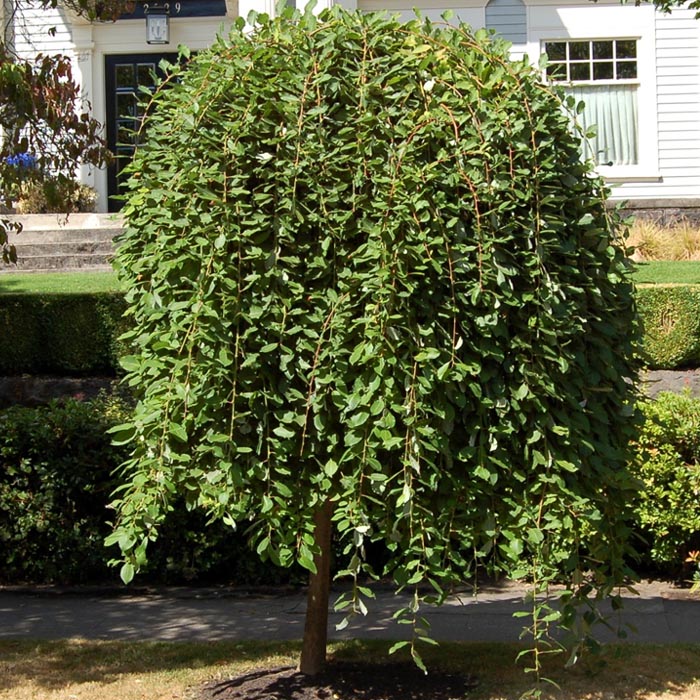
The dwarf weeping willow is a small ornamental tree characterized by its arching branches and stiffly pendulous growth habit. This particular variety, known as Salix caprea ‘Kilmarnock,’ typically reaches heights of 4 to 8 feet (1.2 – 2.4 meters) and spreads about 5 feet (1.5 meters) wide. It belongs to the category of pussy willow trees, displaying fuzzy bud-like flowers and light green lanceolate leaves.
Planting a dwarf weeping willow is ideal for compact garden landscapes. These decorative trees thrive in rich, loamy, and moist soil, requiring full sun exposure. They are best suited for USDA hardiness zones 4 through 8. However, due to their shrub-like growth pattern, it’s necessary to prune them regularly to remove any suckering stems that may appear.
Weeping Golden Willow (Salix × sepulcralis ‘Chrysocoma’)
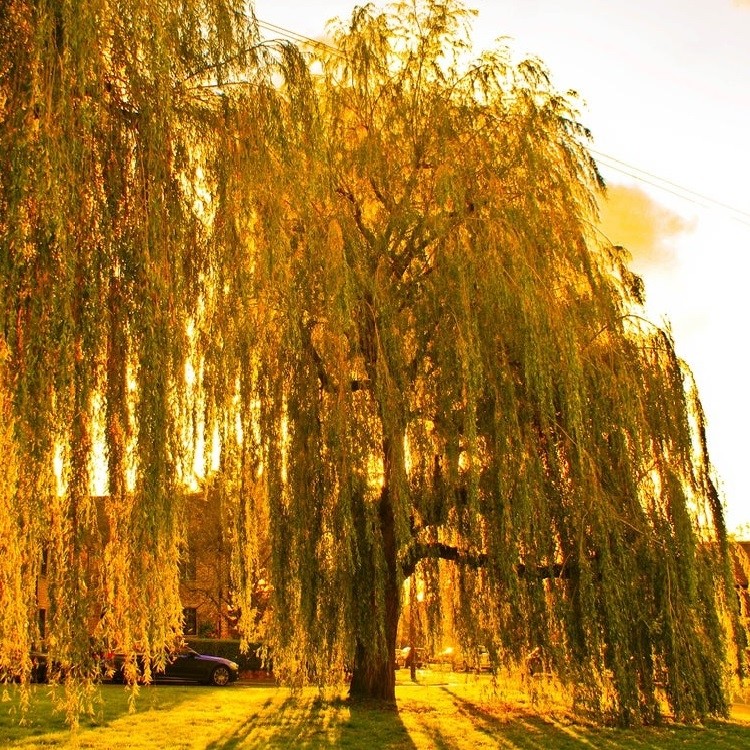
The weeping golden willow is a deciduous tree known for its golden yellow shoots, cascading growth habit, and deeply fissured grayish-brown bark. This weeping willow variety showcases narrow, glossy yellow-green lanceolate leaves that turn a brilliant gold color in the fall. The ‘Chrysocoma’ cultivar of weeping golden willow can reach a height of 72 feet (22 meters).
This tree features a rounded and irregular crown, adorned with bright green foliage. It thrives when planted near water sources, requiring full sun to partial shade. The weeping golden willow flourishes in USDA zones 5 through 9.
White Weeping Willow (Salix alba ‘Tristis’)

The white weeping willow is a tall deciduous tree distinguished by its bright green slender lanceolate leaves that grow on drooping yellow branches. During the fall season, the foliage of this weeping willow turns a golden yellow color. The delicate and airy appearance of the foliage adds a captivating element to landscapes as it gently sways in the wind.
White weeping willows typically reach heights between 50 and 70 feet (15 – 21 meters) and spread to a similar width. They are well-suited for planting near streams and ponds. However, due to their invasive and spreading root system, it’s important to avoid planting them near buildings or sewer lines. White weeping willows thrive in USDA zones 4 through 8, requiring direct sunlight and medium to wet soils.
Wisconsin Weeping Willow (Salix x blanda and Salix x pendulina)
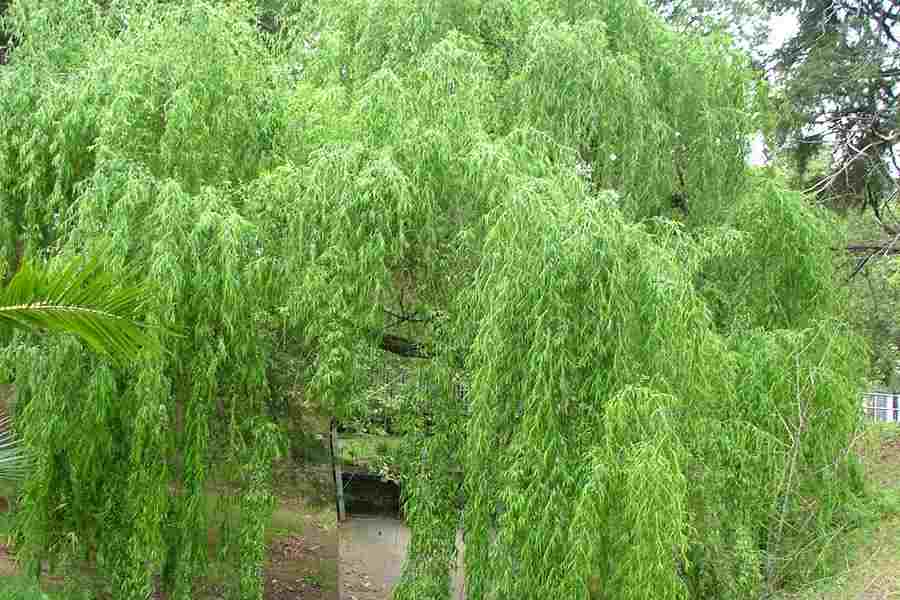
Wisconsin weeping willows are beautiful trees that grow to heights of 20 to 40 feet (6 – 12 meters). These graceful trees are characterized by their drooping branches, slender lance-shaped leaves measuring 6 inches (15 centimeters) in length, and fuzzy yellowish catkins that bloom on yellowish-brown stems, cascading towards the ground.
Also referred to as noble willows, these weeping willows thrive in moist ground near water sources. However, it’s important to avoid planting them too close to structures due to their invasive root system. Additionally, the brittle stems of Wisconsin weeping willows are susceptible to breaking in strong winds.
Where to Plant Weeping Willow

When selecting a location to plant weeping willows, it’s advisable to keep them at least 50 feet (15 meters) away from buildings and underground utilities. Their surface-level roots have a tendency to interfere with driveways and sidewalks.
If you have a sufficiently large yard, weeping willows can be a beautiful addition to your landscape. Their graceful and cascading form, tolerance for moist soils, and vibrant fall colors make them valuable ornamental trees. Furthermore, their extensive root system helps prevent soil erosion.
The most crucial considerations when planting a weeping willow are proper drainage and sun exposure. While they can thrive in wet areas, it’s not recommended to plant them in standing water. Instead, they benefit from proximity to freshwater sources due to their high moisture requirements.
Here are some helpful tips for planting a weeping willow tree:
Weeping willow light requirements
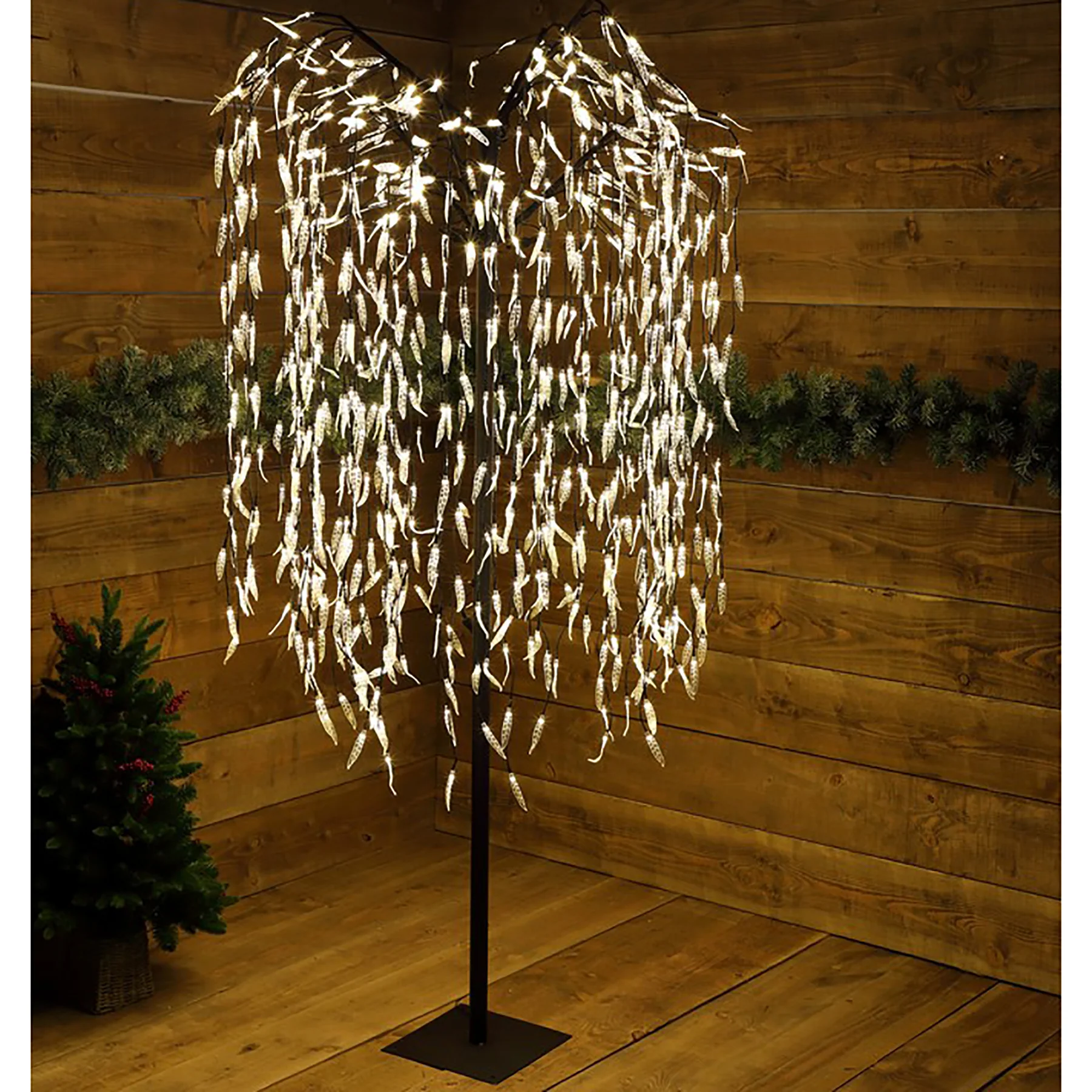
Choose a location for your weeping willow that receives partial to full sunlight. Ideally, these decorative trees require a minimum of two to four hours of direct, unfiltered sunlight each day. However, they can also thrive in full sun, which means they can tolerate six to eight hours of direct sunlight daily.
Weeping Willow Soil
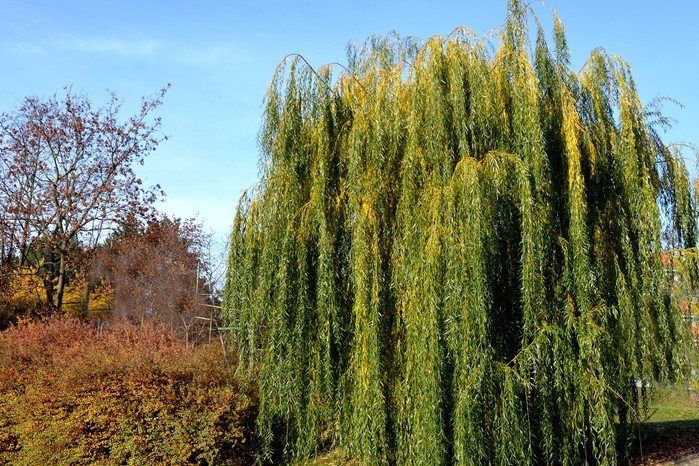
Plant your weeping willow in moist, well-drained soil that is slightly acidic. However, these ornamental trees are adaptable to various soil types, including loamy, sandy, clay, and alkaline soils. If necessary, you can use sulfur to increase soil acidity.
Weeping Willow Spacing
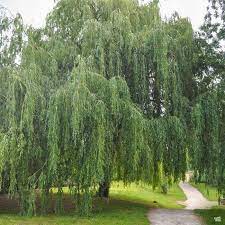
Ensure you provide ample spacing between weeping willow trees to allow their invasive root system room to grow. The roots of weeping willows can spread between 30 and 45 feet (9 – 14 meters). Therefore, ensure that the trees are planted at least 50 feet (15 meters) away from buildings. Additionally, as these trees can grow 40 to 50 feet (12 to 15 meters) tall within a few years,
it’s important to plant them at a safe distance from overhead power lines as well.
How to Plant a Weeping Willow Tree
To plant a weeping willow tree, dig a hole that is twice the width of the root ball and the same depth. This size of the hole will allow the roots ample space to grow. Next, position the root ball in the center of the hole, ensuring that the soil line on the trunk is level with the ground.
The next step in planting a weeping willow tree is backfilling the hole. Start by filling the hole halfway with native soil, without compacting it too much to ensure good drainage. Then, pour 2 gallons (9 liters) of water into the hole. Finally, fill the hole completely and gently press down the soil.
While weeping willows can tolerate drought to some extent, it’s important to provide regular watering during the first year. Water the root area of the tree once a week to keep the soil consistently moist. After the first year, you can reduce the frequency of watering.
A helpful tip when planting a weeping willow is to monitor the leaves. If they turn brown, it may indicate that the newly-planted tree lacks water. In such cases, increase the watering frequency to promote healthy growth.
How to Care for a Weeping Willow Tree
Weeping willow trees are generally low-maintenance. Once the tree is established, ensure that you provide enough water to prevent the soil from drying out. Light pruning in early spring can help remove dead branches, and if the lanceolate leaves appear pale, you can apply a balanced fertilizer.
Now, let’s delve into the details of caring for a weeping willow tree:
How to Water a Weeping Willow Tree

Weeping willows have moderate to high moisture requirements, particularly in the first one to two years. Newly-planted weeping willows may require watering twice a week. Once the tree is established, you can reduce watering to once a week during dry weather. Water the tree as necessary to maintain evenly moist soil.
Fertilizing a Weeping Willow Tree
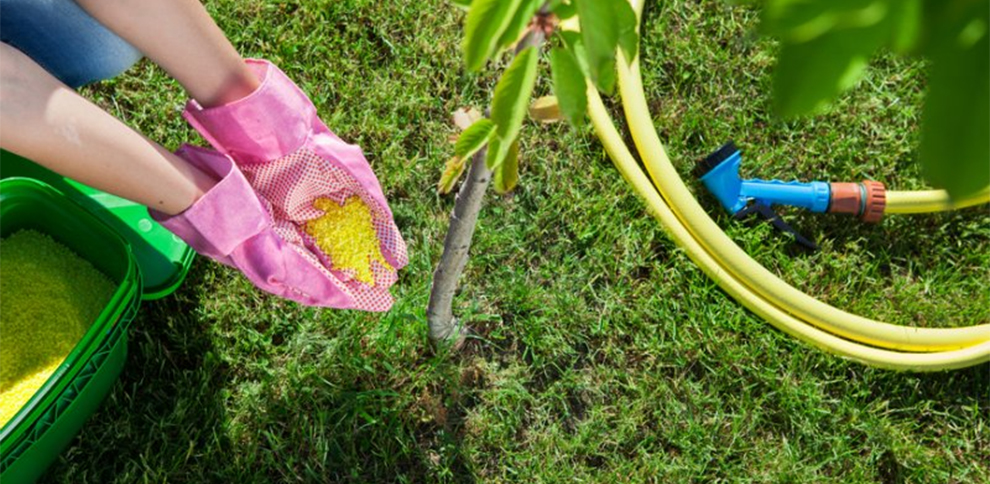
Weeping willow trees usually don’t require additional fertilizer to grow healthily. However, if you notice pale foliage, it may indicate the need for nutrients. In that case, you can apply a balanced fertilizer with an NPK ratio of 10-10-10 in the spring. Follow the manufacturer’s instructions and spread the fertilizer around the tree’s root area.
Pruning a Weeping Willow Tree
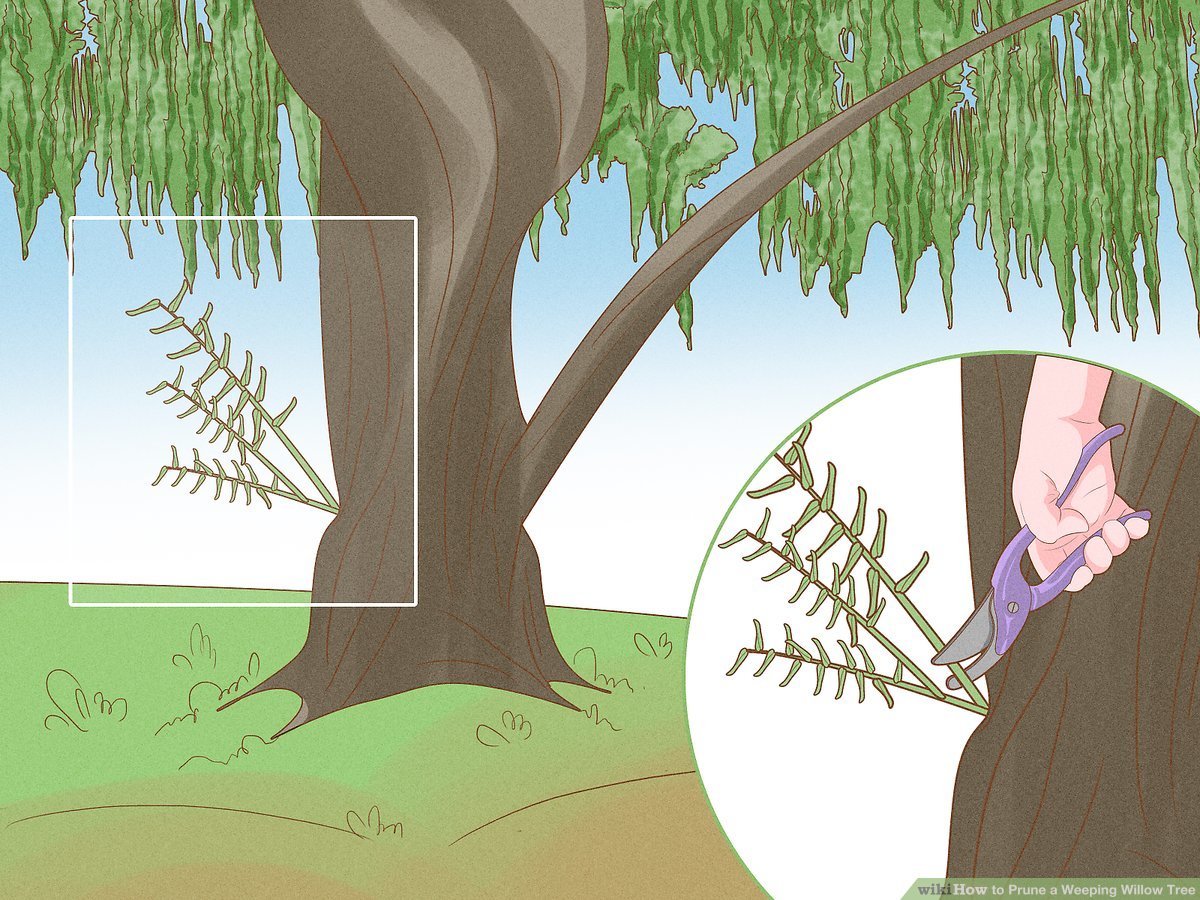
Pruning is necessary to help a young weeping willow tree develop a central leader. Perform pruning in late winter or early spring and remove any branches that grow in a deep ‘V’ shape at the base of the tree, as these are more prone to breaking. You can also lightly prune the branches to encourage new growth and a bushier foliage.
Propagation of Weeping Willow Trees

To propagate a weeping willow tree, you can take hardwood cuttings in late fall or winter. The cuttings should be approximately 24 inches (60 centimeters) long and should not have any green, soft tissue. Make a straight cut at the base of the stem, just below a bud, and then make a diagonal cut around 9 inches (23 centimeters) above the bud.
To grow a weeping willow from a cutting, place the straight end directly into the ground, burying it about 4 inches (10 centimeters) deep. Alternatively, you can start the cuttings in a pot filled with compost. Whether in the ground or in a pot, it’s crucial to keep the soil consistently moist. New shoots should emerge in spring.
Weeping Willow Tree Problems
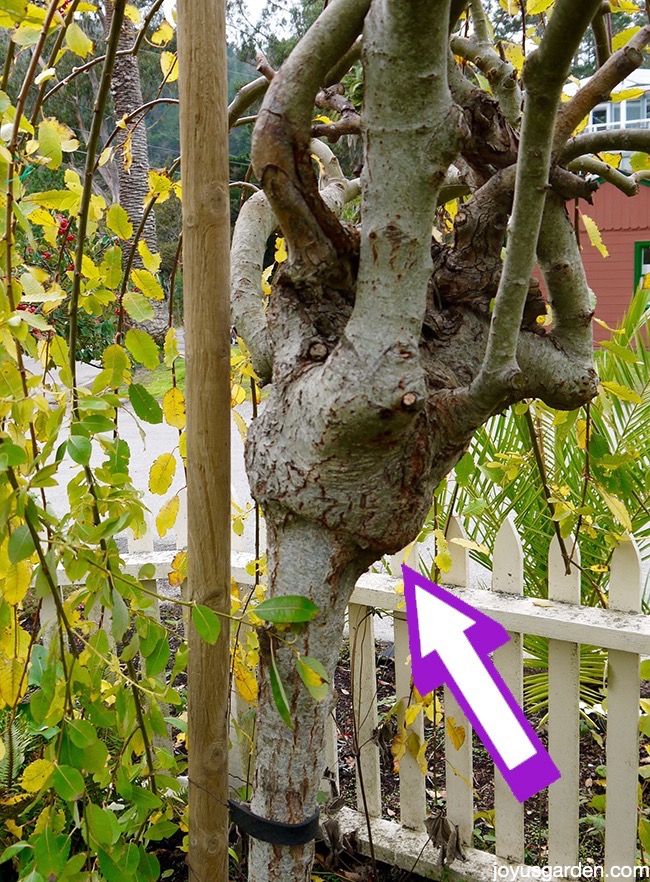
Weeping willow trees are prone to several issues. Their branches are often brittle and easily break in strong winds, so it’s important to consider their placement to avoid potential damage. Additionally, their invasive root system can pose problems for sewer lines and underground utilities. Common pests that can affect weeping willow trees include aphids, willow leaf beetles, and bagworms, which can cause foliage loss.
Here are some common pests that can impact the growth of weeping willow trees:
1. Bagworms: These pests are silk worms that form tents resembling collections of sticks on tree branches. The caterpillars can defoliate weeping willow trees.
2. Gypsy moth caterpillars: These caterpillars are black and brown with a furry appearance. They feed on leaves during May and June, leading to defoliation and stunted growth.
3. Willow leaf beetles: These metallic greenish-blue beetles feed on willow leaves, leaving them skeletonized. They are typically active in late May.
In addition to pests, weeping willow trees can also be susceptible to various diseases, including cankers, leaf spot, powdery mildew, willow scab, and crown gall. Symptoms may include blemishes on leaves, dieback, and even tree death.
To prevent problems with your weeping willow tree, it’s essential to maintain its overall health. This includes providing adequate water to prevent stress and promptly removing leaf litter to prevent the spread of diseases.
In summary, weeping willow trees are beautiful and easily recognizable with their cascading branches, lanceolate leaves, and catkin flowers. Planting and caring for these trees involves considering their light requirements, soil conditions, and spacing. Regular watering, occasional pruning, and monitoring for pests and diseases will help keep your weeping willow healthy and thriving in your landscape.